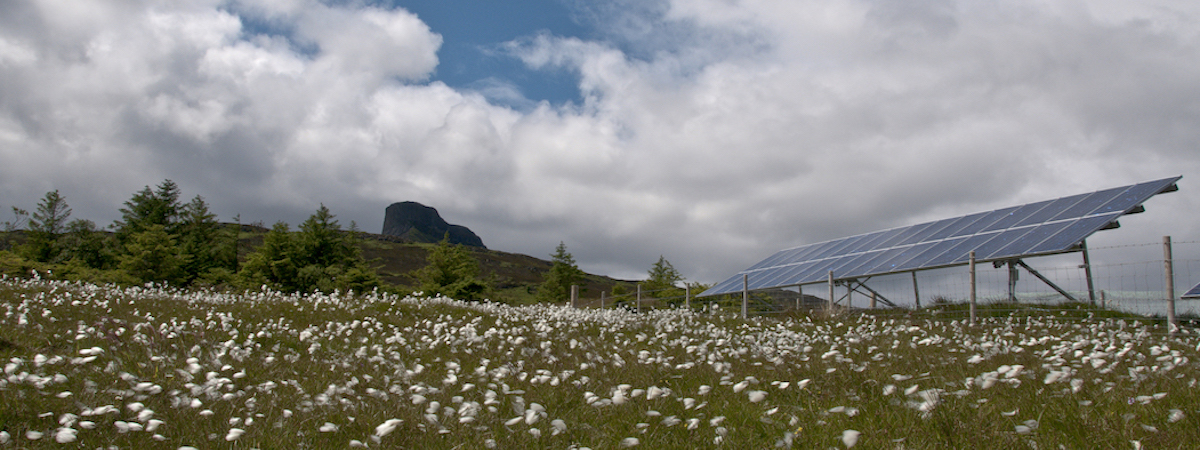- Joined
- Jun 12, 2018
- Messages
- 1,276
Using common materials and room temperature semiconductors for cheap green power is slowly creeping forward.
Finnish researchers have installed the world's first fully working "sand battery" which can store green power for months at a time.
The developers say this could solve the problem of year-round supply, a major issue created by the intermittency of green energy.
Using low-grade sand, the device is charged up with heat made by running wind generated electricity through resistive wiring.
The sand is contained in a silo where it is heated up to 500 degrees C. The sand holds the heat for a couple of months. The heat is transferred out of the silo by creating warm water for the district heating system which supplies local homes and businesses.
Finnish researchers have installed the world's first fully working "sand battery" which can store green power for months at a time.
The developers say this could solve the problem of year-round supply, a major issue created by the intermittency of green energy.
Using low-grade sand, the device is charged up with heat made by running wind generated electricity through resistive wiring.
The sand is contained in a silo where it is heated up to 500 degrees C. The sand holds the heat for a couple of months. The heat is transferred out of the silo by creating warm water for the district heating system which supplies local homes and businesses.



